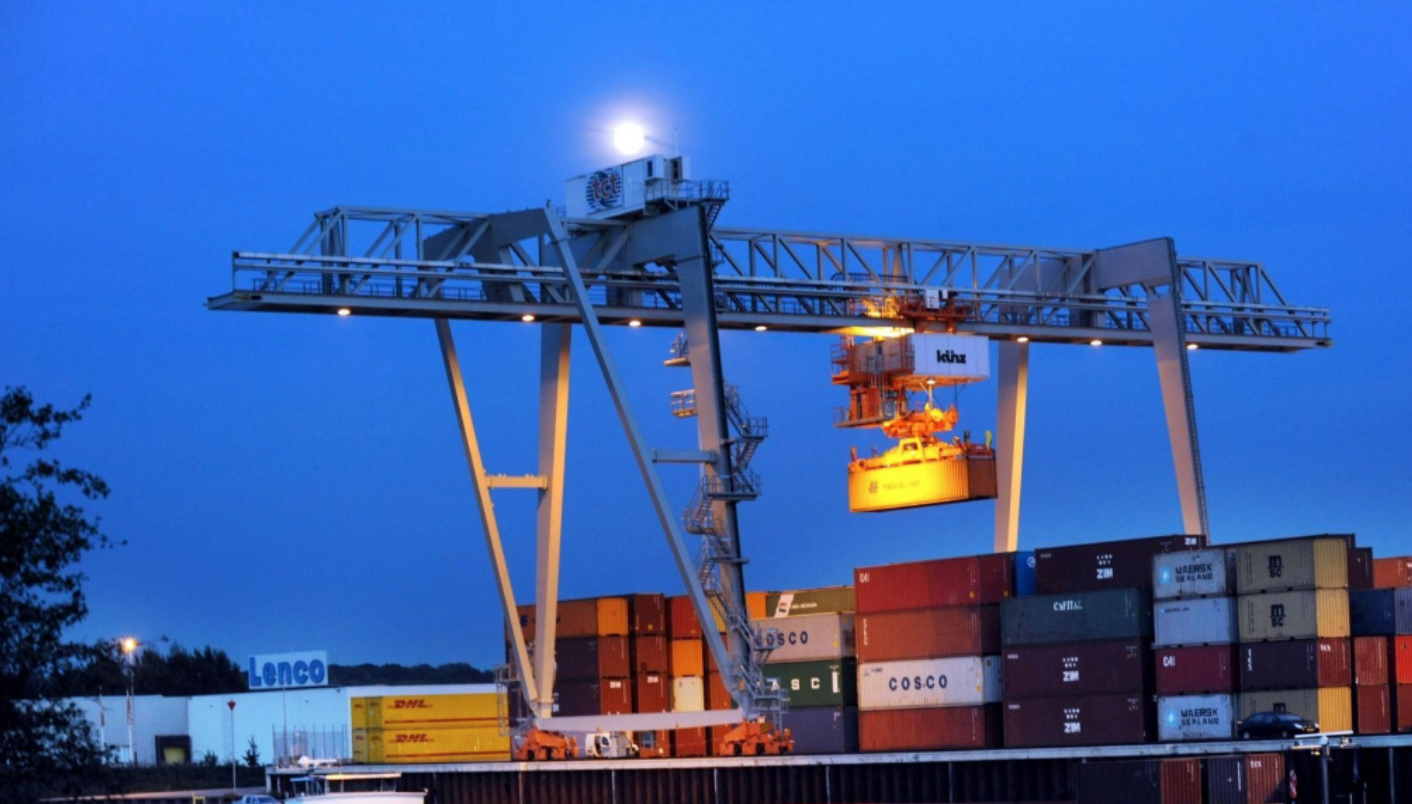
European Commission approves 22.5 million aid to transport sector
More than a thousand trucks daily from road to barge or rail.
The Netherlands has permission from the European Commission to put 22.5 million euros into a modal shift of freight transport. The money is intended to encourage carriers to transport their goods by inland waterways and rail instead of road. This is good for reducing road traffic congestion, road safety and reducing CO2 emissions.
This 'Modal Shift' scheme is designed to strengthen the shift of freight transport from road to inland waterways or rail. Modal shift is the term for change of mode of transport, for example, from road to rail or barge. With the modal shift scheme, the Cabinet chooses to encourage the transfer of through freight transport from road to inland waterways and rail. The government is doing this, in view of the large-scale replacement and renovation task of the Department of Public Works, in order to relieve road congestion and reduce traffic congestion on the main general routes for freight transport and thereby contribute to the greening of freight transport.
Grant scheme
The subsidy scheme is aimed at shippers and forwarders. To encourage them to opt for inland shipping or rail, a subsidy of 20 euros per structurally moved container (or equivalent in the case of bulk) is promised. The subsidy is intended to offset the extra transport costs of inland shipping or rail (such as an extra transshipment of the container). Entrepreneurs who come up with a concrete proposal how they want to move goods from road to water or rail can apply for a subsidy. To do so, these entrepreneurs must be active on (parts of) the route between the Port of Rotterdam and Germany, via the regions Arnhem-Nijmegen (corridor East) and/or via Venlo (corridor South-East) and the route Amsterdam towards Antwerp (corridor South). For a modal shift to rail, routes outside of the aforementioned corridors in the Netherlands are also eligible. Applications can be submitted to Connekt using the downloadable subsidy application form;
Accessibility and safety
The scheme contributes to keeping cities and industrial port complexes in the Randstad accessible. By widening the possibilities by tendering for new scheduled inland shipping services and encouraging the choice of transporting freight via inland shipping and rail by a subsidy scheme.This will reduce pressure on the road network and increase road safety. The purpose of the Modal Shift scheme is explicitly to take additional cargo off the road, not to achieve a shift within the already existing flow by water or rail.
Large-scale task Rijkswaterstaat
Besides relieving road congestion and reducing traffic congestion, transportation of goods by water and rail instead of road is also important because of the large-scale replacement and renovation task of the Department of Public Works. As a result, pressure on the road network is increasing sharply. Rijkswaterstaat is replacing or renovating more than 100 bridges, tunnels, locks and viaducts in the coming years. With more than a thousand fewer trucks on the road every day, that pressure on the road network is decreasing and road safety is increasing.
Learn more about modal shift in freight transport?
Want to learn more about this topic? Click the button below to get more information from LIOF's website and see what we can do for you!